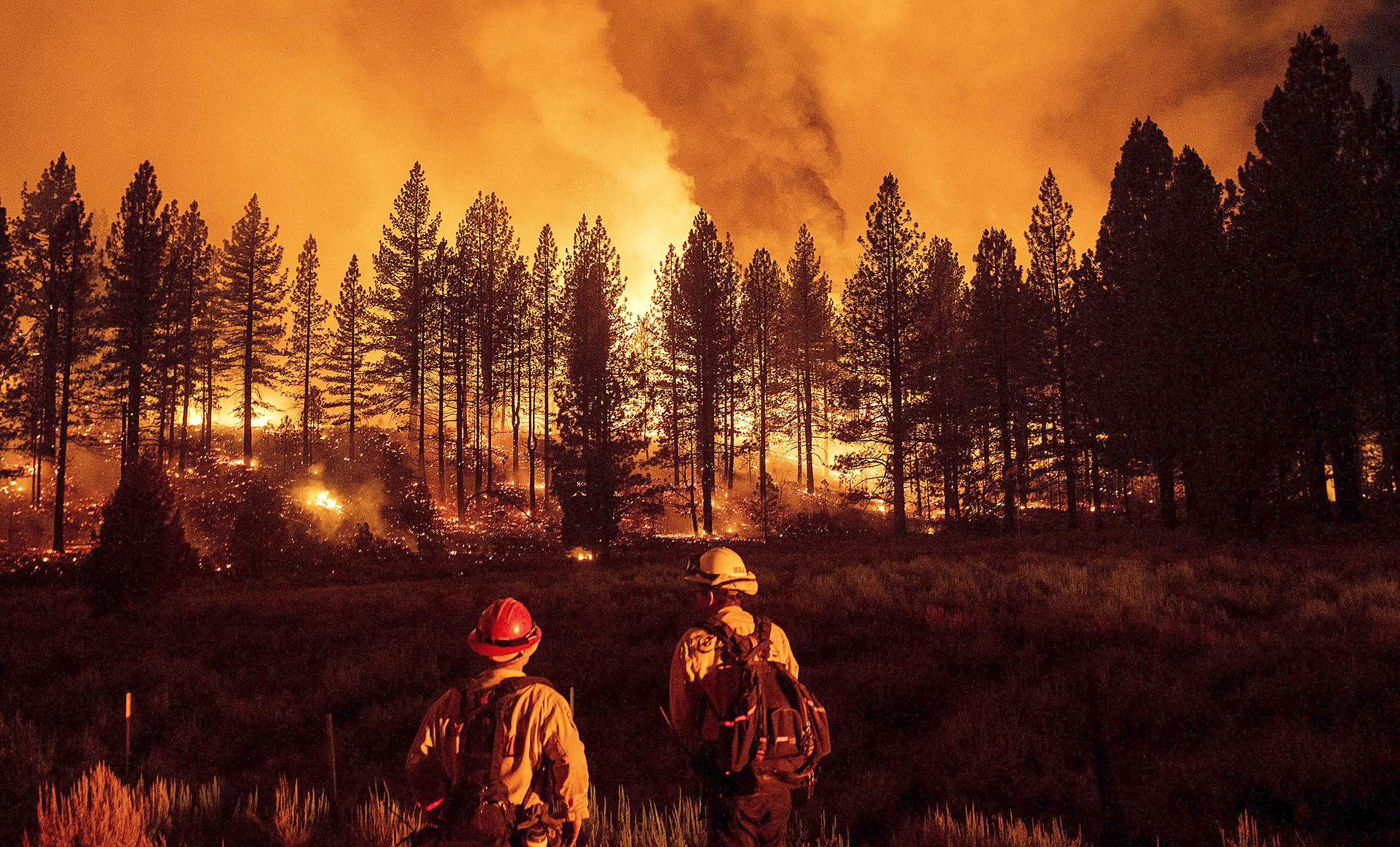
New research from OSU shows that, contrary to the previous theory, fires are more likely to burn their way into a national forest than out. According to Chris Dunn of the OSU College of Forestry, these findings are opposite to the common narrative – that fires ignite in a remote area and burn their way into populated areas.
The study examined more than 22,000 fires, and found that people on private property were often the cause of fires crossing jurisdictional boundaries. Additionally, it showed that the ignitions on Forest Service lands accounted for fewer than 25% of the most destructive wildfires which resulted in the loss of more than 50 structures.
“In the old framing, public agencies bear the primary responsibility for managing and mitigating cross-boundary fire risk and protecting our communities, with their efforts focused on prevention, fuel reduction, and suppression,” Dunn said. “This has been the dominant management approach of years past, which is failing us.”
The findings were published in Nature Scientific Reports. This is hot on the heels of the Forest Service’s new ten-year fire strategy – Confronting the Wildfire Crisis – which aims to make a change in the internal agency paradigm. A change that Dunn said the Forest Service is “long overdue for.”
“A substantial portion of the wildfire problem is a community destruction problem,” said Michael Caggiano of Colorado State. “The Forest Service can contribute to an advisory or facilitation role to address the home ignition zone, including fire-resistant design and zoning, and fuels management on private lands, but states, local government, and homeowners are better positioned than the USFS to manage those components of wildfire risk.”
Perhaps one of the most important shifts that could happen, according to Dunn, is the recognition that significant wildfires in the western states are a fire management challenge with a fire management solution – not a forest management problem and solution.
“The only way we are going to address the wildfire problem on large public lands at the scale of the challenge is through the effective and efficient management of wildfires over the long run,” he said.
The study has shown that in most cases, national forests were more likely to receive cross-boundary wildfires than to be their source. Additionally, it was found that the fires generally happen in more urban areas with larger populations and more abundant roads.
“As the Forest Service’s strategy moves forward, we think there could be opportunities to learn from what their state partners are doing, such as the more comprehensive policies passed in Oregon in 2021,” Dunn said. “Oregon’s omnibus wildfire bill is a science-driven approach that recognizes the shared responsibility we all have in adapting to the fire environment.”
This legislation will require the most at-risk homes to mitigate at the home ignition zone and address landscape resilience, as well as improve wildfire response.
Alongside Dunn in the cross-boundary fire study were Matthew Thompson and Karen Short of the Rocky Mountain Research Station. This research was partially funded by the Forest Service.
By Ethan Hauck
Do you have a story for The Advocate? Email editor@corvallisadvocate.com

